On these courses we spend most of the time out on the mountain and you need to have suitable clothing and equipment including a small day pack to carry your safety equipment and any personal items you may need.
Headwear - to include warm hat and sun-cap or wide-brim hat for extra protection from the sun. Although we do recommend helmets for off-piste skiing, for ski touring they are not essential and actually can be a hindrance – they are hot, heavy and you can’t hear very well when wearing it
An outer shell jacket - made of breathable material (Gore-tex or equivalent) with an excellent hood. The lighter the better and so a shell is recommended rather than an insulated jacket and you supplement this with some good quality thermal base and mid-layer tops following the principle of layering – i.e. allowing you to easily add/remove layers depending on the temperature and the activity
A good quality pair of ski trousers - characteristics might include bib-style front with braces (to keep the snow out), side-openings (useful for when you get hot), breathable fabric (Gore-Tex or similar), stretch knee pads, integral snow gaiters. NB: Bib-style trousers can be too warm in spring in which case waist-cut trousers would be better
Mid-Layers - 1-2 thin fleeces rather than fewer thick layers between your skin and the outer shell an approach which gives better heat retention and good flexibility
Gloves - good quality Gore-Tex gloves or mitts
Skis & Boots - All-mountain skis with downhill ski boots or snowboard are suitable for our avalanche training courses
Avalanche Transceiver, Snow Shovel and Avalanche Probe - We recommend simple and intuitive ORTOVOX AVALANCHE RESCUE KIT 3+
Ski Goggles - good quality with a lens for low light is essential in the event of snow and poor visibility
Sunglasses - good quality with 100% UV protection
Rucksack - 20-25 litre with straps for carrying skis
Water bottle - we don’t recommend hydration systems (e.g. camelbak) in winter as they have a tendency to freeze
Suncream and lip salve
Favourite hill snack
 Off-Piste
Off-Piste Ski Touring
Ski Touring Via Ferrata
Via Ferrata Ice Climbing
Ice Climbing Alpine Glacier Trekking
Alpine Glacier Trekking Worldwide Trekking
Worldwide Trekking





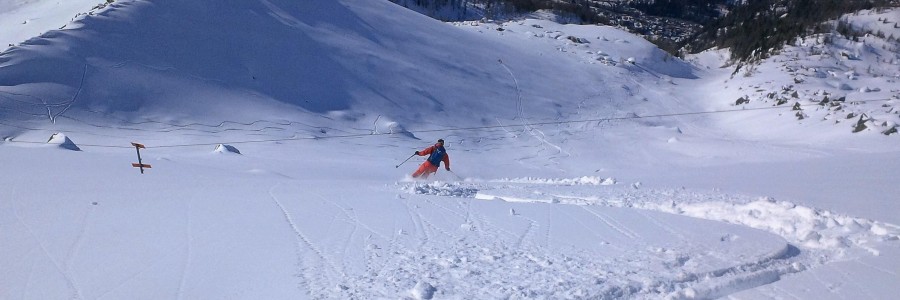

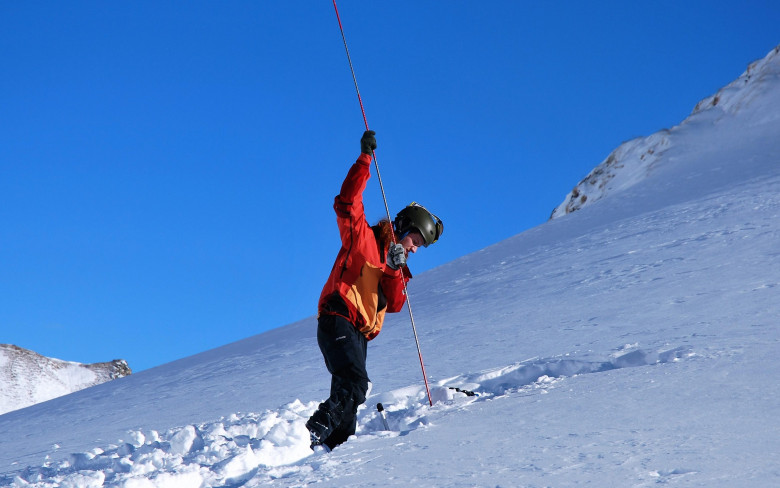
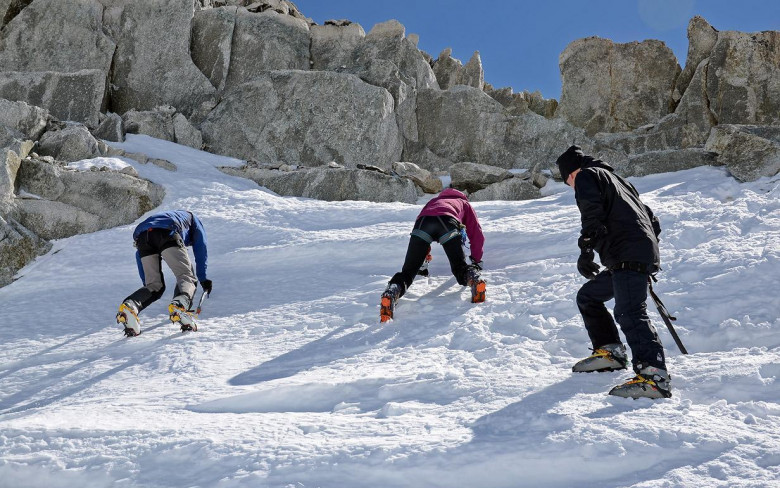


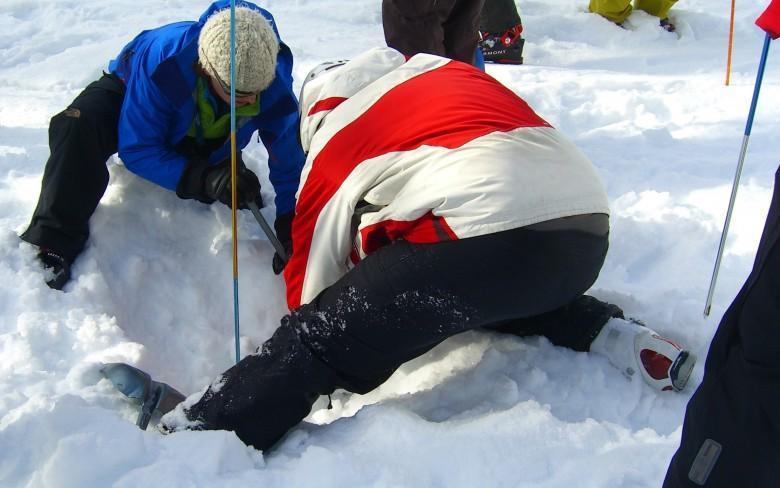
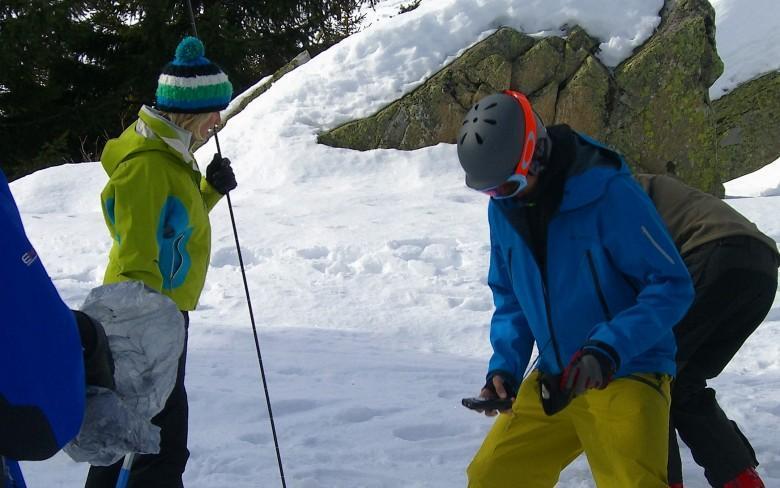
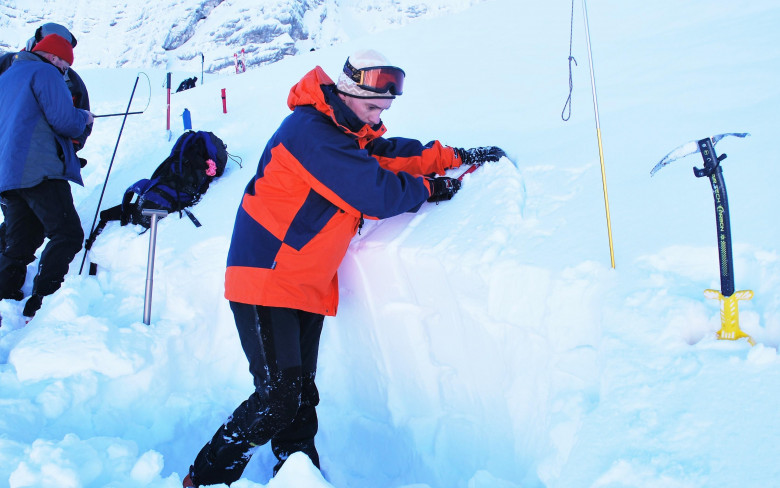
 Travel Website Development
Travel Website Development